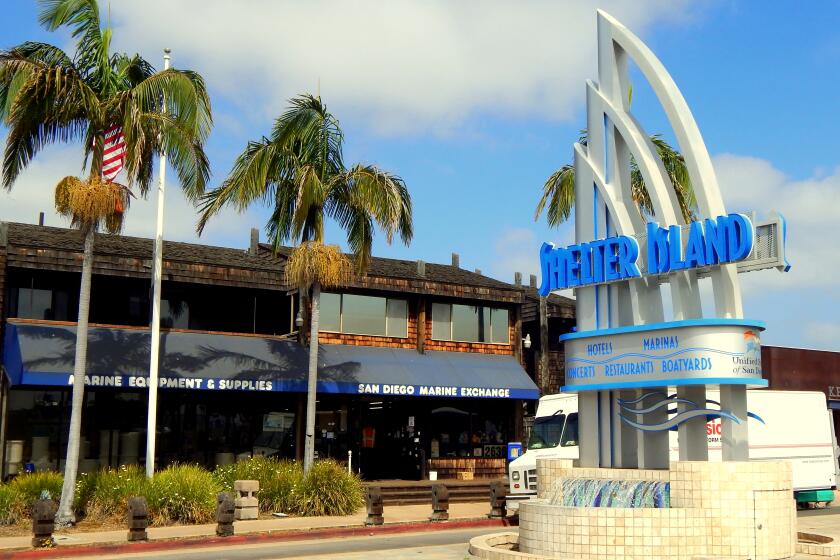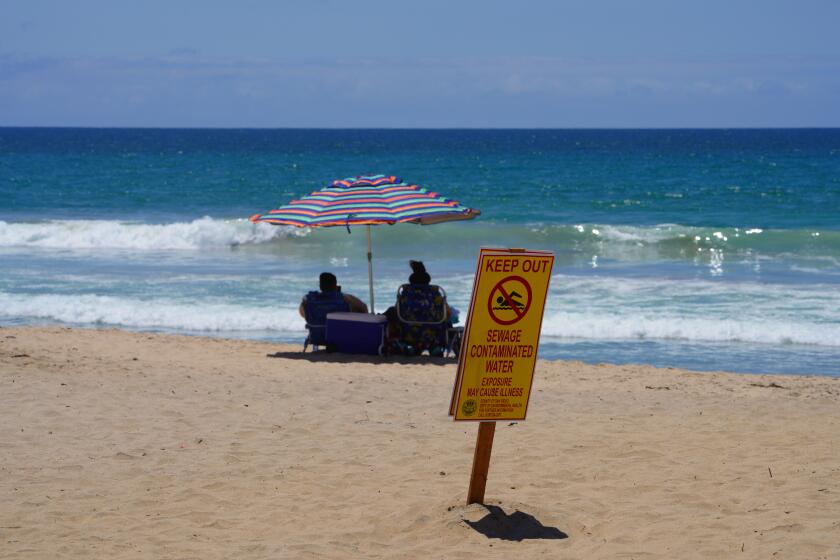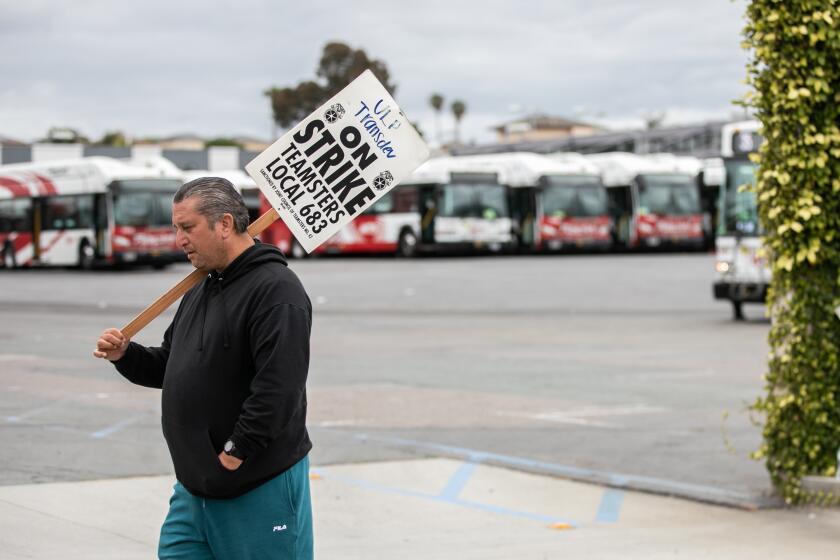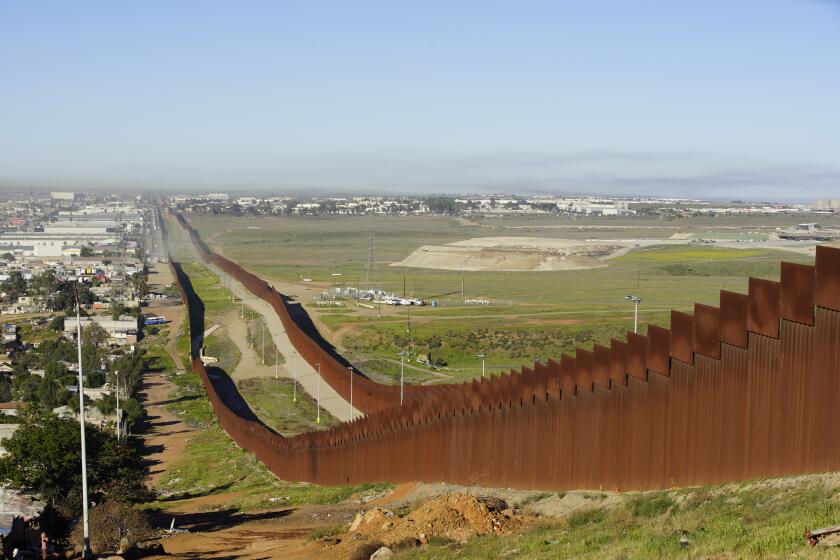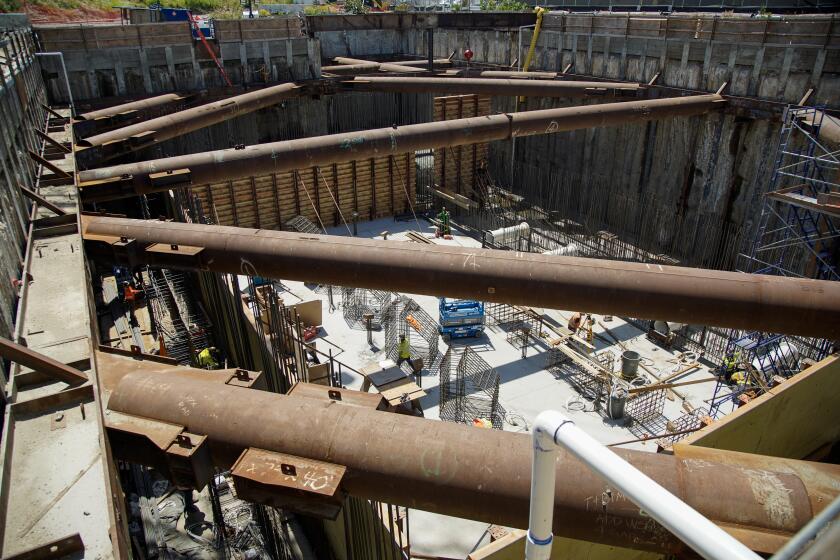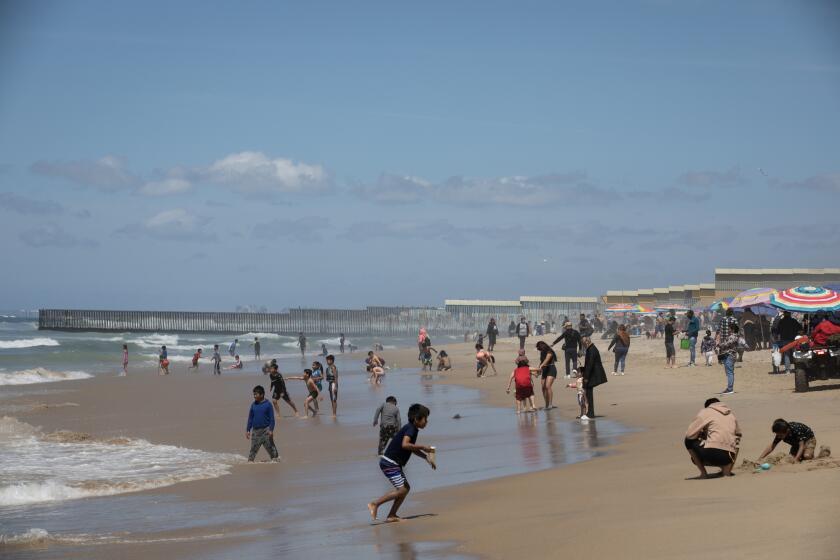San Diego overhauls flawed climate plan, aims for ‘net zero’ greenhouse gas by 2035
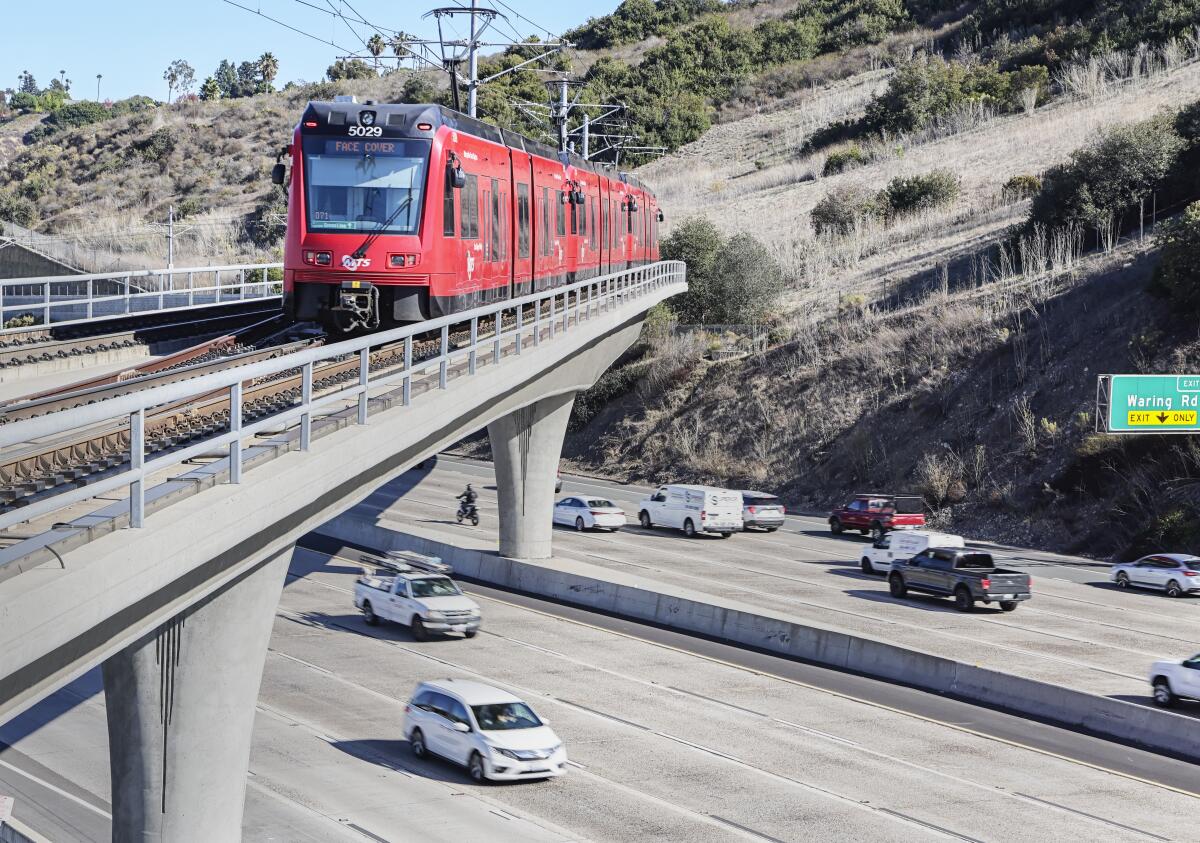
The city of San Diego still isn’t sure how it will zero out all planet-warming emissions by middle of next decade. Carbon capture is on the table.
San Diego Mayor Todd Gloria called on Wednesday for a massive overhaul to the city’s 2015 climate plan — including tossing out a flawed system for tracking greenhouse-gas reductions in favor of a pledge to reach “net zero” emissions by 2035.
The proposed blueprint, which will need City Council approval, also aims to slash planet-warming emissions by more than 60 percent by the end of the decade.
San Diego’s new goal mirrors California’s target of achieving carbon neutrality by 2045, leaving open the possibility of using carbon capture and storage.
The change comes after The San Diego Union-Tribune exposed a fundamental flaw in the plan’s original greenhouse gas accounting system, which falsely showed the city had cut emissions 25 percent over the last decade.
“This update will take the original climate action plan that I authored for our city in 2015 to the next level with a commitment to achieve net zero emissions by 2035,” Gloria said in a statement.
The draft plan acknowledges that the city still doesn’t have a clear path toward fully achieving its ambitious targets and that it’ll need to adopt future strategies to be successful. Toward that end, the city has pledged to analyze the climate impacts of all major decisions that come before the council going forward.
While the 288-page document laid out a broad vision for reining in climate pollution, officials said a more detailed implementation plan is now under development.
Nicole Capretz, executive director of the San Diego-based Climate Action Campaign, voiced skepticism about the city’s ability to turn its ambitions into reality.
“We applaud the city’s goals for bold climate action,” she said, “but until we see money on the table and a long-term funding plan, we must withhold our support.”
Most notably, Gloria’s vision calls for phasing out the use of natural gas in homes and businesses. More than 45 cities in California have taken actions to promote the electrification of water heaters and stoves in new building construction. San Diego’s plan aims to establish such rules by 2023.
The city also hopes to make good on the promise that its government-run alternative to San Diego Gas & Electric will be able to provide 100 percent greenhouse-gas free electricity by 2030. San Diego Community Power, which has the authority to ink deals with power providers on behalf of ratepayers, currently reports providing more than 50 percent green energy to its customers. The agency, which is still ramping up, will eventually also serve residents living in the cities of La Mesa, Encinitas, Chula Vista, National City and Imperial Beach, as well as the unincorporated county.
Meanwhile, the city hopes to crack down on emissions from transportation, which account for more than half of all local greenhouse gases.
Specifically, the draft plan calls for increasing the number of people driving electric vehicles by installing new charging stations and pursuing other incentives. The document sets a target for driving in electric vehicles to account for a quarter of all light-duty traffic by 2035.
The city also doubled down on a longstanding goal of encouraging commuters to get out of their cars and onto sidewalks, bikes and mass transit. The mayor’s vision aims to have such alternative means of transportation account for half of all trips by city residents by 2035.
A recent report by Climate Action Campaign found that only about 14 percent of commuters used alternative transportation prior to the pandemic.
Gloria’s team also recently called for changing the city’s investment policy to divest from fossil fuel companies by the end of the year. The council is slated to consider the proposal next week. If approved, the city would be required, for example, to dump about $17 million of holdings in Chevron.
The city is preparing for the debut of the Mid-Coast Trolley line between downtown and University City. Many hope the expansion, which will allow riders to travel between the border and one of the region’s top job centers without transferring, will lure new riders to public transit.
Before the draft plan goes to council, the city will hold public forums online on Dec. 2, from 6 to 7:30 p.m. and Dec. 4, from 9 to 10:30 a.m. Language interpretation will be available for those who speak Spanish, Tagalog, Vietnamese and Chinese.
Get Essential San Diego, weekday mornings
Get top headlines from the Union-Tribune in your inbox weekday mornings, including top news, local, sports, business, entertainment and opinion.
You may occasionally receive promotional content from the San Diego Union-Tribune.

